Which solution is better for your business?
We are often asked to outline the advantages of using on-site test kits in place of shipping samples to laboratories for testing. When both processes are compared, in theory the results are the same, i.e. a full report on the status of your fuel in relation to Microbiological Contamination. In practice there are huge differences in terms of time and expense:
On-site FUELSTAT® testing kits
FUELSTAT® Plus is offered in two different variants for Diesel and Jet Fuel. All equipment required to conduct the test is contained in each kit, including full instructions. A free FUELSTAT® Result app is available for all users that can be instantly downloaded onto any smartphone and contains step-by-step video instructions that can be followed to ensure correct use of the test kit, every time. The app also includes a digital reader that will scan the completed test and will give an immediate result of the test, together with a test report that can be printed and emailed anywhere in the world.
- Ultra simple test that requires 4 drops of sample
- 15-30 minutes from sample to result and report!
- Carried out on site, so complying with ASTM D6469 – testing for contamination within 24 hours
- Avoids time delays and expense associated with sample transportation to laboratory
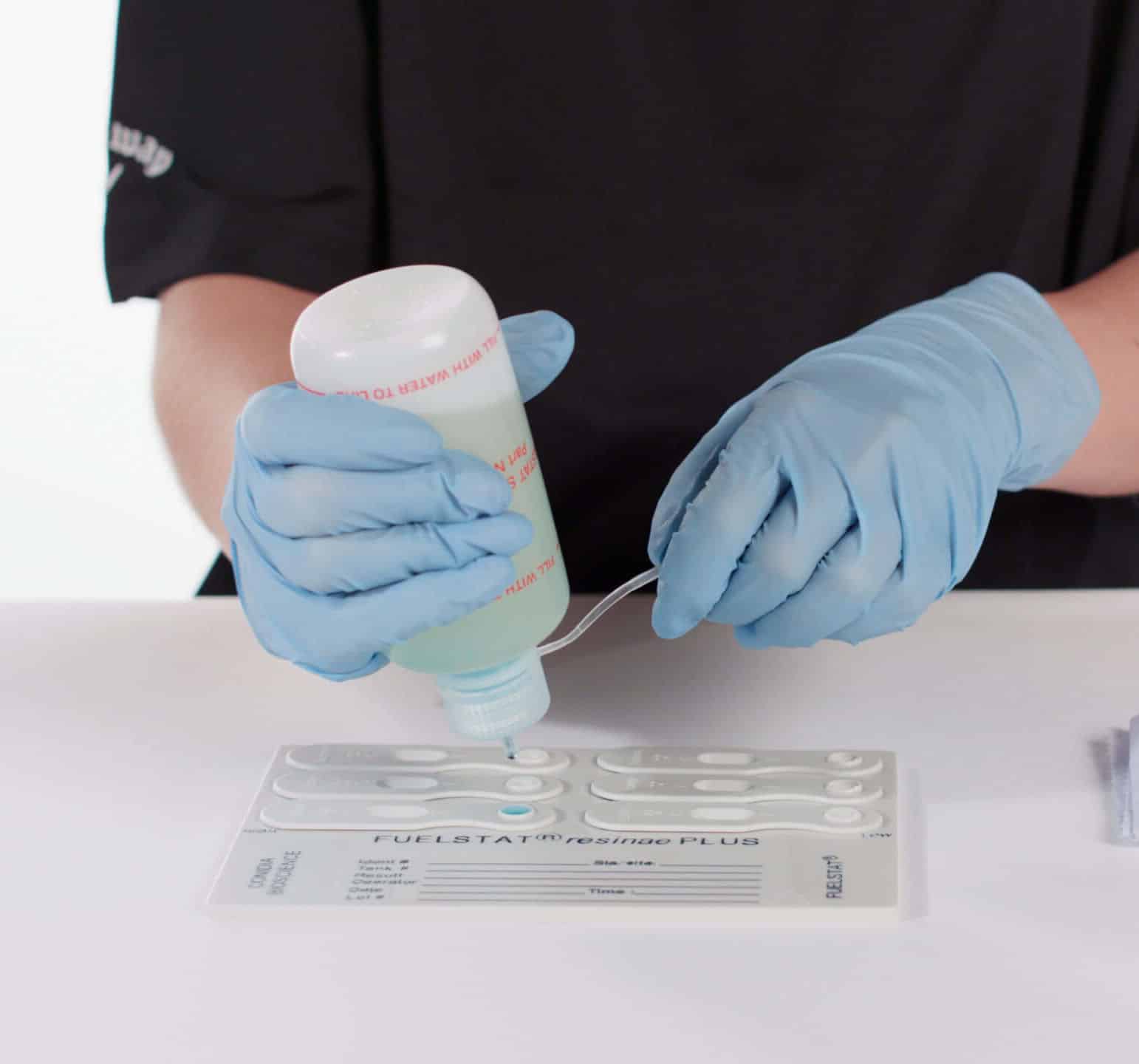
Off-site Laboratory testing
Many companies have been using either independent or self-owned laboratories around the globe to conduct their fuel testing. A variety of techniques are used, the end result is a test report delivered stating the levels of Microbiological Contamination in the fuel sample received. Whilst standard terms of service may be agreed, the time taken to receive a report on which to act is governed by the shipping time, goods received protocols and current test backlog at the lab. Most companies will quote a 4-7 day lead time for results, but the reality may be much longer.
The main concerns voiced by many operators are that both biological and nonbiological deterioration processes continue in a sample during the period between collection and analysis. Put simply, is the contamination in the sample that is being tested at the lab the same is that in the fuel storage tank?….
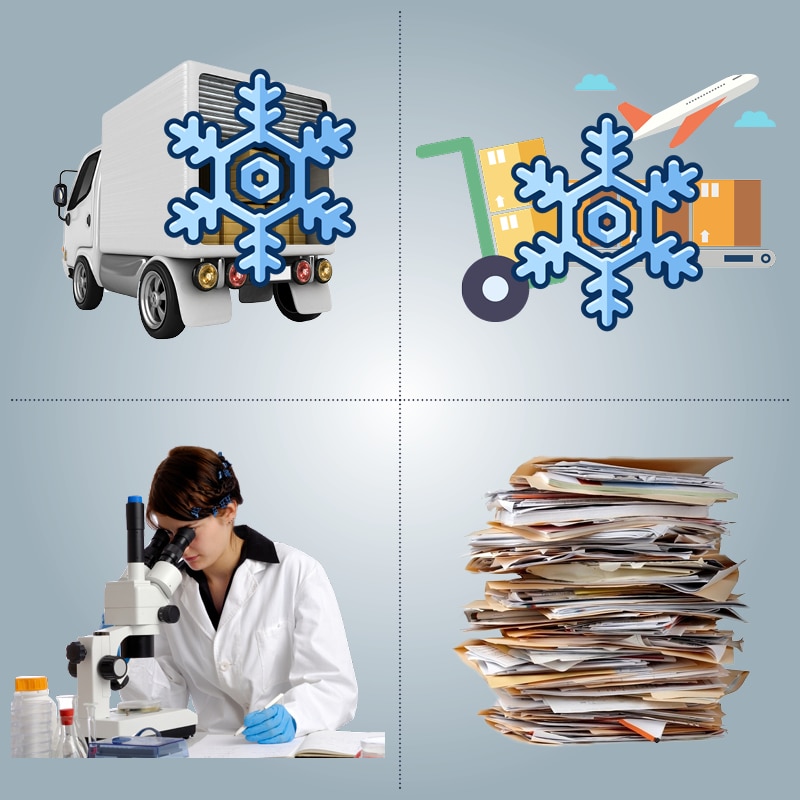
To address these concerns ASTM have provided their document ASTM D6469 – Standard Guide for Microbial Contamination in Fuels and Fuel Systems.
BEST PRACTICE – Section 8.3: “Ideally, all testing should be accomplished at the sampling site, within a few minutes after a sample is drawn”
- FUELSTAT® tests comply with ASTM D6469 Section 8.3
REALITY FOR MOST OPERATORS – Section 8.5: “Rarely possible, good practices for preserving and preparing samples for analysis should be followed”
So what are the good practices?
- “Samples for Microbiological testing should be kept on ice for transport to the laboratory.”
- “Tests should be performed within 4 hours and no later than 24 hours after sampling.”
- “Samples stored at higher temperatures, or for longer times, can show the presence of microbiological contamination that does not represent actual fuel system conditions.”
FUELSTAT® fuel testing kits
Test your fuel on-site in 15 minutes — no special equipment required
Why fuel users around the world are choosing immunoassay fuel testing kits
Easy to use. Immunoassay antibody fuel test kits are unique in that they do not require a multi-step rigorous process. In fact, after a few minutes of instruction, they are hard to do wrong. The tester is only required to take a sample of fuel, put the fuel or water from the sample into the provided sample bottle, and simply add 4 fuel drops onto the test.
Works in non-sterile environments. Immunoassay antibody fuel tests are also unique because they do not require any sterility measures on-site. Apart from having a clean sampling container, it is not important to be vigilant about hygiene during fuel sampling or handling.
Digitally verified results. Immunoassay antibody test results can be verified and digitally recorded instantly using a smartphone app. This helps in clarifying results and takes away the burden of manual reporting, so there is less possibility of human error.
Compare each process
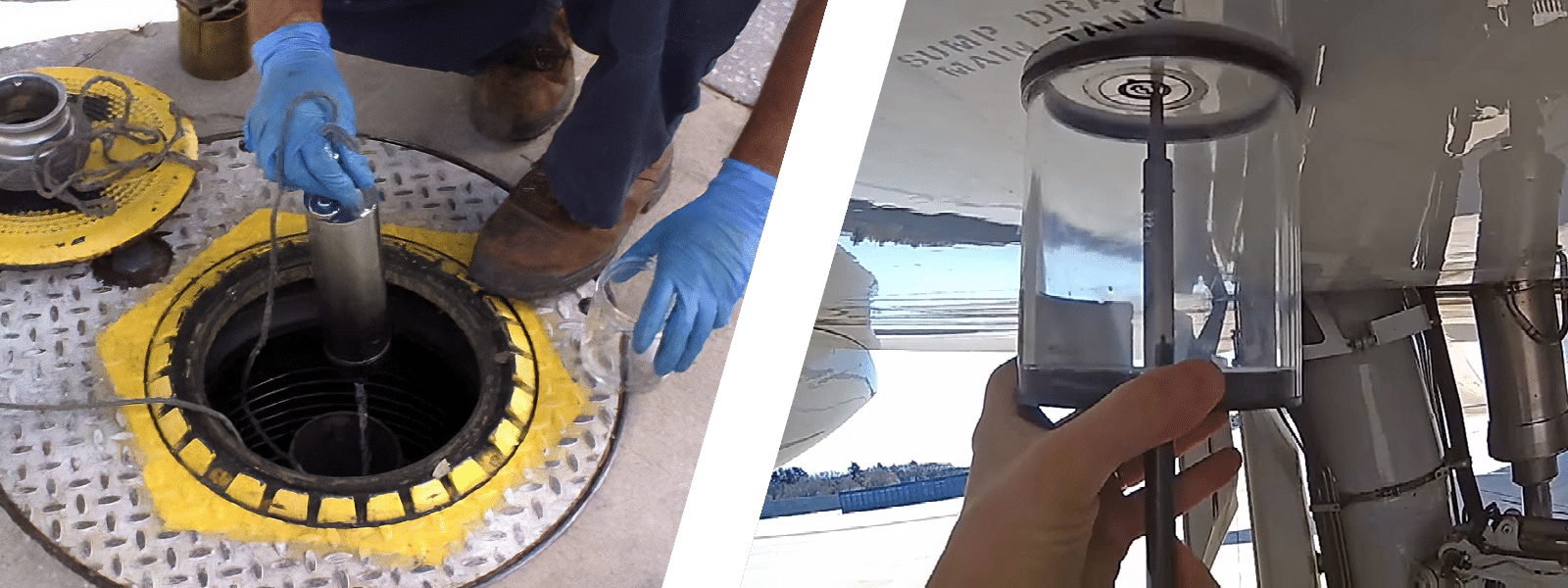





Onsite Test with FUELSTAT®
Easy Three-Step Process:
Test with FUELSTAT® Plus, placing 4 fuel sample drops into each of the 6 test wells
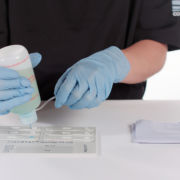


Scan the kit with the FUELSTAT® Result app on your smartphone
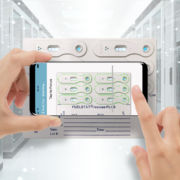


Get a Full Analysis Report from the app on the FUELSTAT® Result Portal, with all results stored for later retrieval and analysis
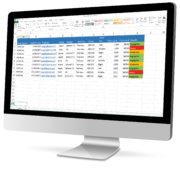


All completed on-site within 15-30 minutes ready to take action



Send to Laboratory for testing:
Clearly label the fuel sample and securely pack on ice
Arrange for any customs clearance and hazardous goods transportation paperwork
Ship to laboratory, ensure that sample arrives within 72 hours
Laboratory testing
Receive a Full Analysis Report from the lab, ensure that this is saved and catalogued for later retrieval and analysis
Final report received typically 4-7 days after sample taken


